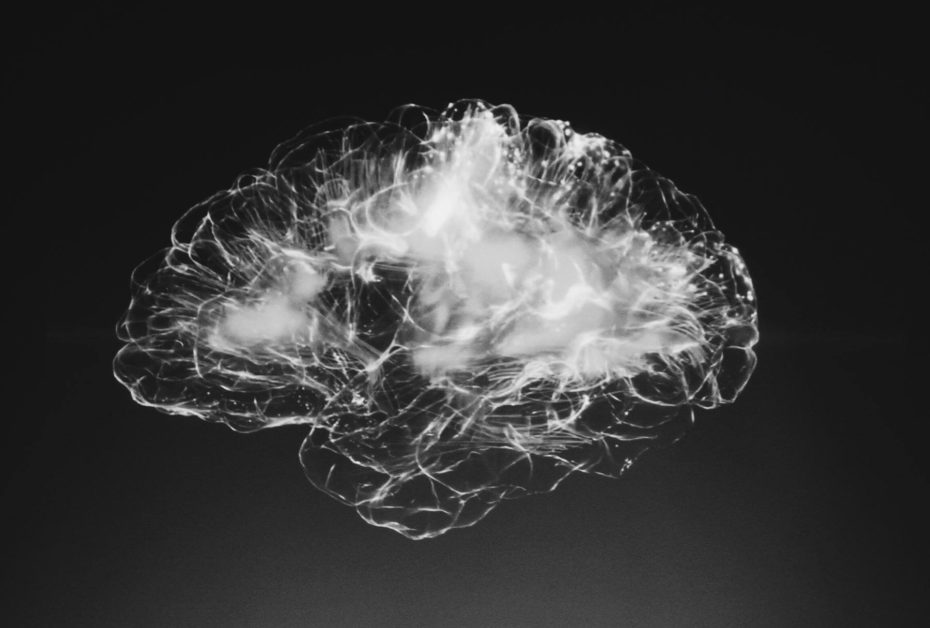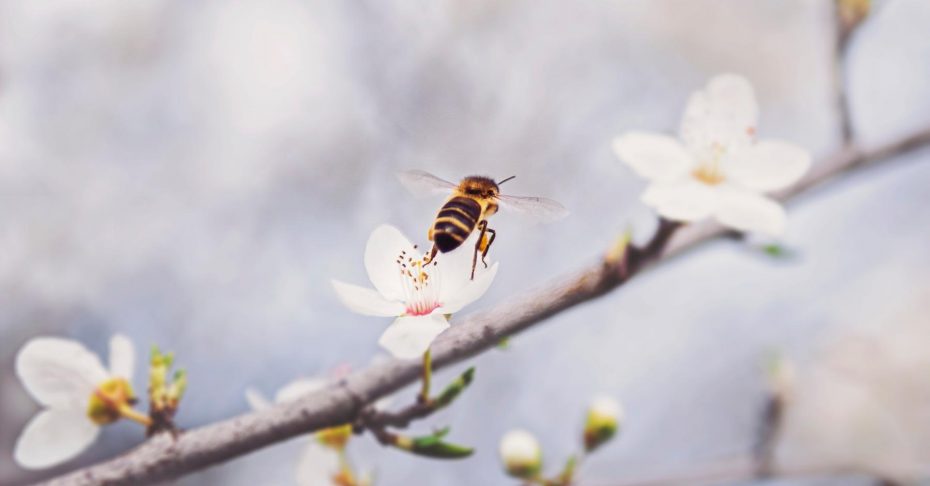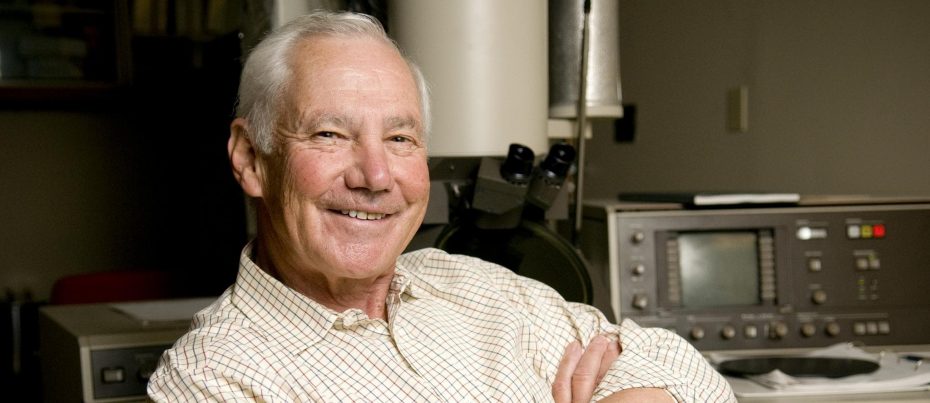Big things come in small packages. Dubbed the “fly room,” the laboratory where Alfred H. Sturtevant advanced the study of genetics measured 16 by 23 feet, often crammed with eight desks for researchers.
For his Ph.D., Sturtevant created the first genetic map using the Drosophila melanogaster, a fly with four pairs of chromosomes – compared to 23 for humans. The insect, known for its quick lifecycle, had fascinated scientists for centuries.
“There is a reference in Aristotle to a gnat produced by larvae engendered in the slime of vinegar,” Sturtevant wrote. “This must have been Drosophila.”
Using the fly, Sturtevant – a student of biologist Thomas Hunt Morgan – determined that frequently occurring physical traits are linked to genes that are closest together on the chromosome.
His mapping technique, still used today, explains how traits like eye color, hair color and sex are passed from one generation to the next.







